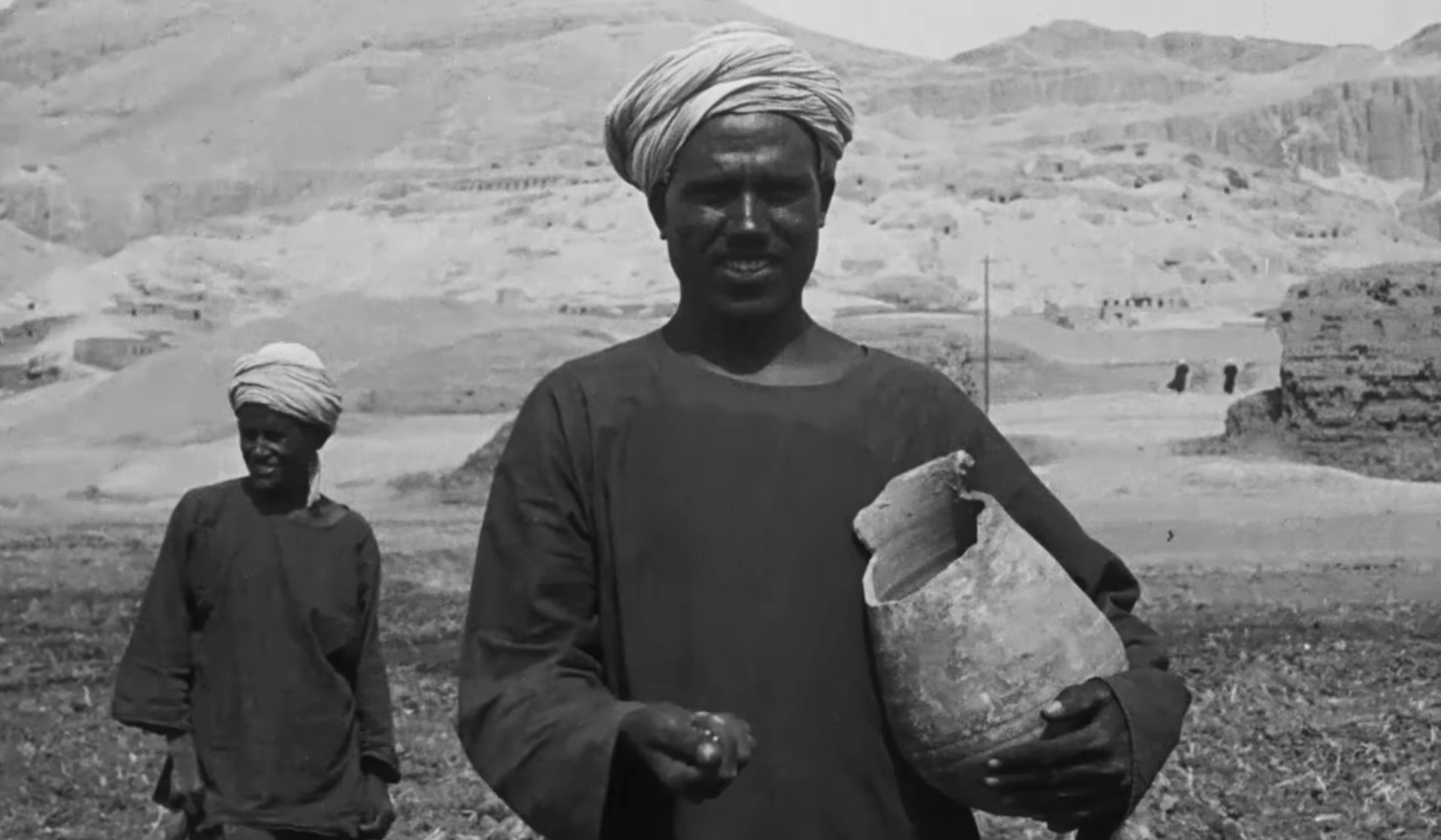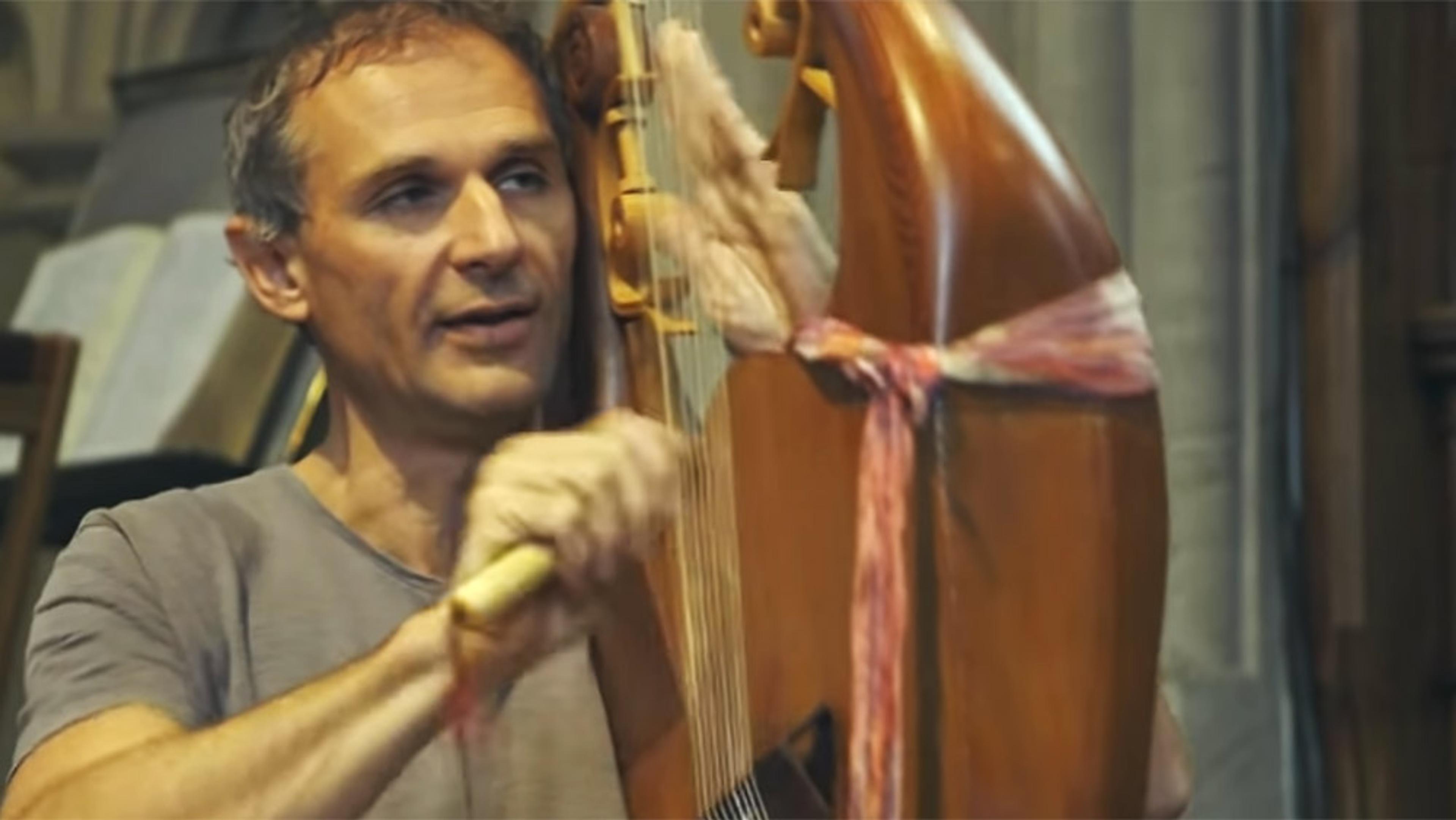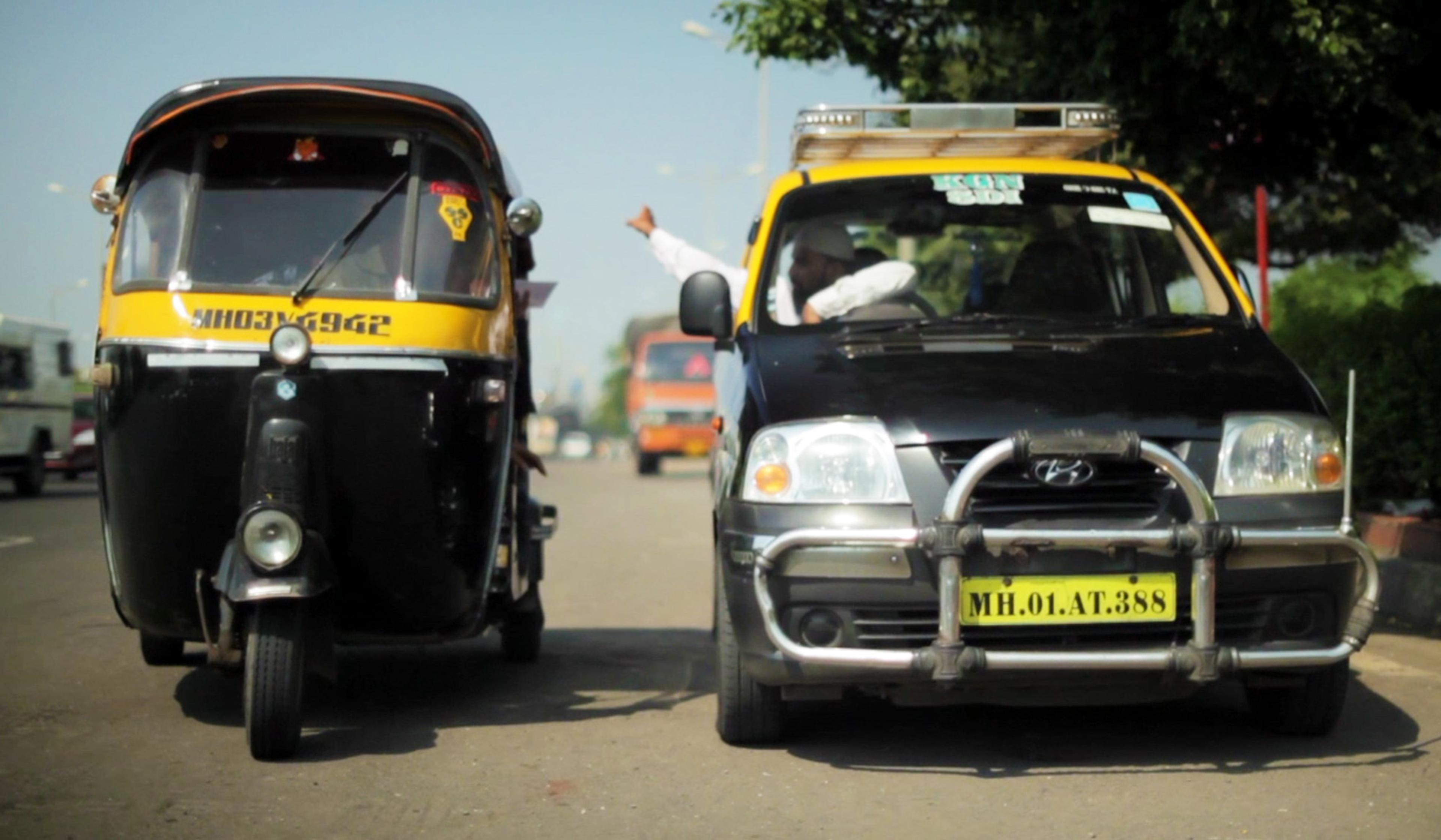Produced by the Indian government-run Films Division in 1966, this vintage short explores the North Indian Hindustani and South Indian Carnatic styles of Indian classical music, which diverged around the 15th and 16th centuries but share common roots in Hindu musical traditions and ancient texts. Accompanied by performances from top Indian classical musicians of the time, Music of India examines the form’s essential elements, including its deeply spiritual character, and the concepts of ‘raga’ – a musical piece’s central, often partially improvised, melodic form – and ‘tala’ – its recurring rhythmic pattern.
Melody, rhythm and piety: the rich forms and meanings of Indian classical music
Director: A Bhaskar Rao
20 January 2017

videoStories and literature
Two variants of a Hindu myth come alive in an animated ode to Indian storytelling
14 minutes

videoMathematics
Getting down with squares – the dance styles of geometry
6 minutes

videoAnthropology
Stunning century-old footage of the Nile valley carries echoes from the ancient past
27 minutes

videoHuman rights and justice
Portugal stole Goa’s lands and narratives. Can they ever truly be returned?
19 minutes

videoHuman rights and justice
Protecting crops from biopiracy is good for farmers and the future of food
8 minutes

videoArt
Background music was the radical invention of a trailblazing composer
17 minutes


